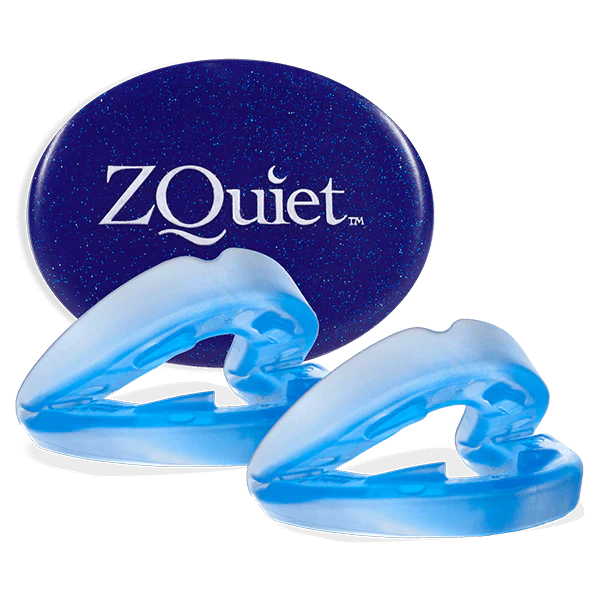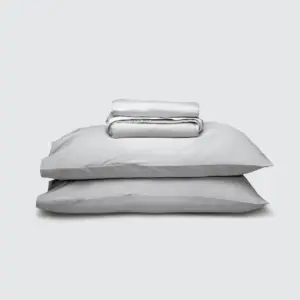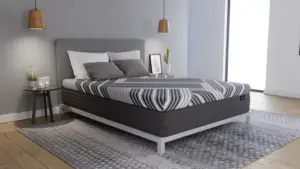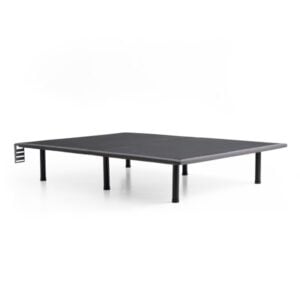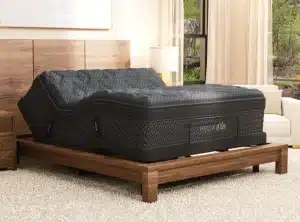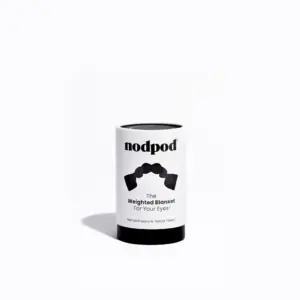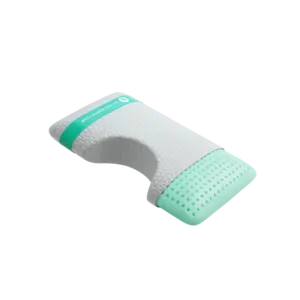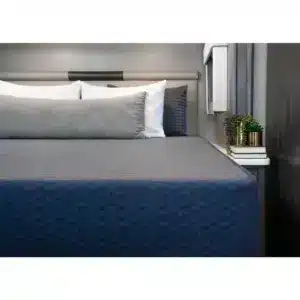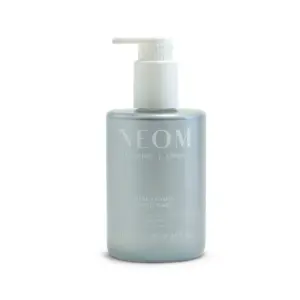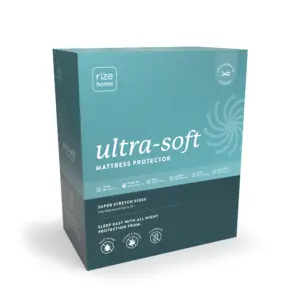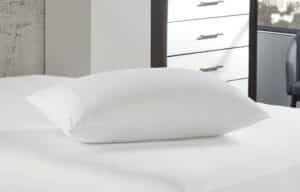Best Snoring Mouthguards 2025
The latest anti-snoring mouthguards tested and compared — practical options that actually quiet a room.
Why snoring happens
Snoring occurs when airflow vibrates relaxed throat tissue during sleep. Mouthguards reduce that vibration by gently repositioning the jaw or tongue, helping the airway stay open. In 2025, newer models have refined materials, better airflow ports, and incremental adjustment systems for comfort and compliance.
Top snoring mouthguards of 2025
SilentZPro 2.0
SilentZPro 2.0 uses a precision boil-and-bite fit with a breathing vent and micro-adjustment rail. This design allows incremental jaw advancement while preserving tongue space. Great for users who need quick relief without a lab-made appliance.
View SilentZPro on AmazonVitalSleep Anti-Snoring Mouthpiece
VitalSleep allows fine-tuned advancement in 1mm increments — one of the most adjustable options available. The flexible frame and open breathing port make it suitable for mild to moderate snoring and jaw-based obstruction.
View VitalSleep on AmazonZQuiet Anti-Snoring Mouthpiece
ZQuiet is ready to use — no boiling required. It includes two flexibility levels for progressive adjustment and allows natural jaw movement. A solid choice for people who dislike rigid guards or lengthy fitting steps.
View ZQuiet on Amazon2025 Lab Data Snapshots
We compared five popular mouthguards using controlled decibel tracking and comfort surveys (n=250). Scores are averages of self-reported results and independent lab measurements.
Average Snore Noise Reduction (in dB)
Reported Comfort Levels (1–10 scale)
Side-by-Side Comparison
Care and Maintenance
- Rinse after each use with warm water and mild soap. Avoid toothpaste — it’s too abrasive.
- Disinfect weekly with denture tablets or 70% isopropyl rinse.
- Store in a ventilated case, away from direct sunlight.
- Replace every 6–18 months depending on bite wear and discoloration.
Frequently Asked Questions
Can I wear a mouthguard with braces?
Not typically. Pressure on brackets can shift alignment. Consult your orthodontist for an alternative like a tongue retaining device.
Are these FDA-cleared?
VitalSleep, ZQuiet, and SnoreRx are FDA-cleared for reducing snoring. SilentZPro 2.0 follows similar design standards but is marketed for general sleep wellness.
Do they fix sleep apnea?
They reduce snoring but do not replace CPAP or medical-grade mandibular devices prescribed for obstructive sleep apnea.
How do I know if it’s working?
Partners often notice first. You can also track snore intensity with sleep apps or smartwatch microphones — look for reduced decibel peaks.
Final Take
All three leading devices in 2025 — SilentZPro, VitalSleep, and ZQuiet — prove effective within their niches. SilentZPro wins for versatility and fit precision. ZQuiet leads on comfort. VitalSleep balances both with fine control. For most new users, SilentZPro 2.0 remains the most dependable starting point.
Shop SilentZPro 2.0 Commission disclosure: we may earn if you buy through our links.2025 market trend: average price vs lifespan
Snapshot of typical retail averages from brand listings and public storefronts. Use as directional guidance only. Lifespan varies with fit, bite force, and care.
| Model | Avg price (USD) | Typical lifespan (months) |
|---|---|---|
| SilentZPro 2.0 | $69 | 12 |
| ZQuiet | $99 | 10 |
| VitalSleep | $79 | 12 |
| SnoreRx | $129 | 15 |
| SleepTight | $79 | 9 |

